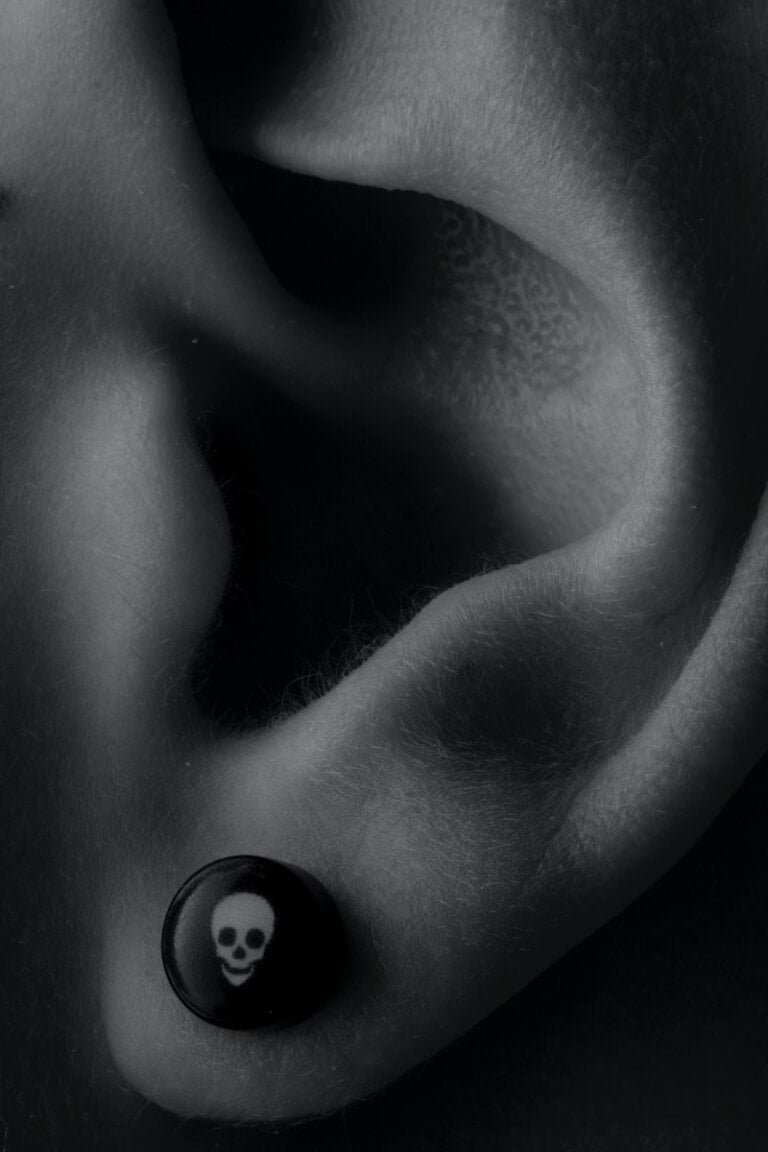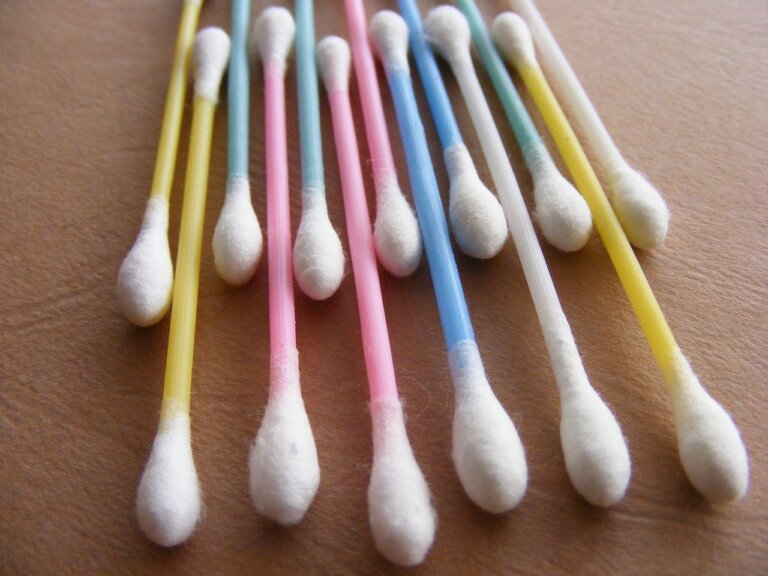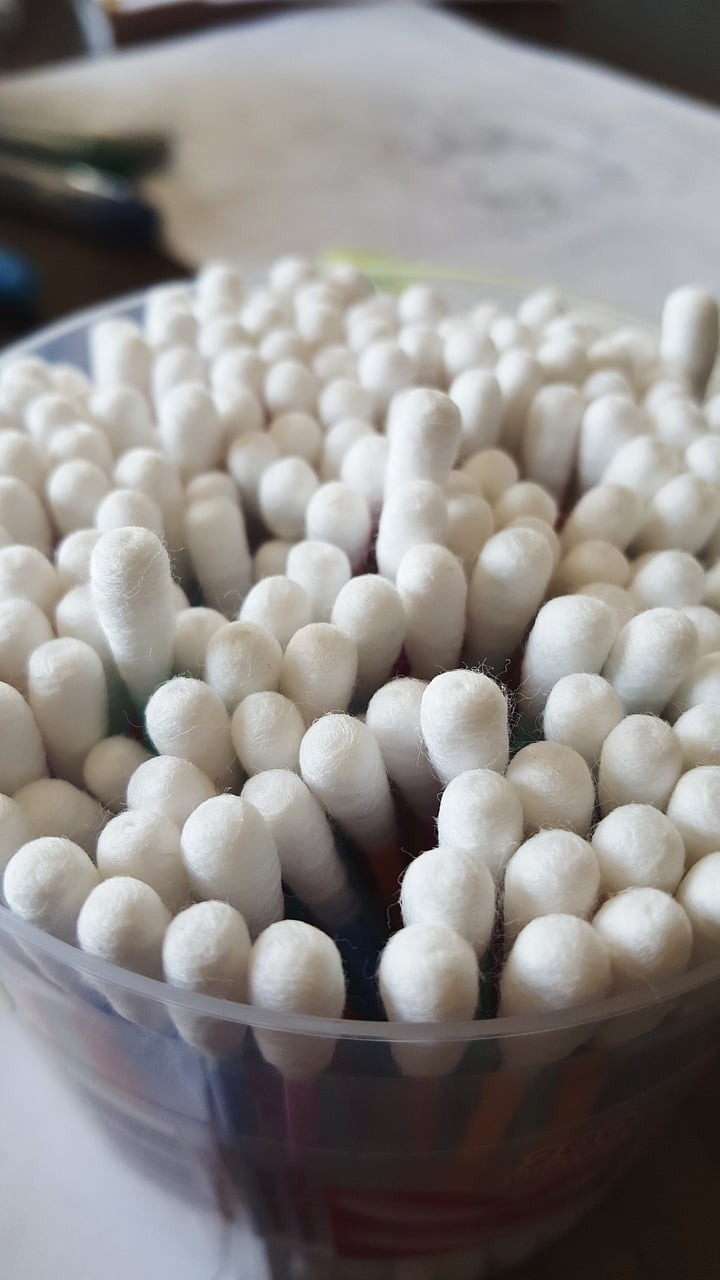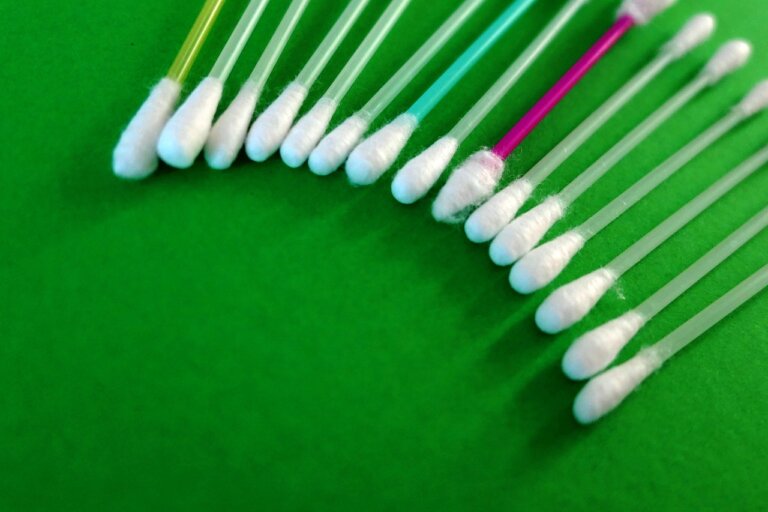The Truth Behind the Tales: Dispelling Common Misconceptions About Ear Wax
Last Updated on 25th April 2024 by Admin
Ear wax, also known as cerumen, is a natural substance produced by the glands in our ear canals. While it may seem like an unpleasant and unnecessary bodily secretion, ear wax actually plays a vital role in maintaining our ear health. In this article, we aim to debunk some of the common misconceptions surrounding ear wax and shed light on its true nature and importance.
What is Ear Wax?
Ear wax is a yellowish, waxy substance that is produced by the ceruminous glands in the ear canal. It is a mixture of secretions from these glands, dead skin cells, and other debris. The main purpose of ear wax is to protect the delicate skin of the ear canal and trap dust, dirt, and other foreign particles before they reach the eardrum.
Ear wax is a complex substance that consists of a combination of fatty acids, cholesterol, alcohols, and other organic compounds. It is produced by the ceruminous glands, which are specialized sweat glands located in the ear canal. These glands are responsible for secreting the wax that helps to keep the ears lubricated and moisturized.
The consistency of ear wax varies from person to person. Some individuals have dry and flaky ear wax, while others have wet and sticky ear wax. The color of ear wax can also vary, ranging from light yellow to dark brown. These variations are normal and do not indicate any underlying health issues.
Common Misconceptions about Ear Wax
- Ear Wax is Dirty and Unhygienic: While it may not be the most pleasant thing to think about, ear wax is not inherently dirty or unhygienic. In fact, it is a natural and necessary substance that helps to keep our ears clean and healthy. It acts as a protective barrier against bacteria, dust, and other harmful substances.
Ear wax contains antimicrobial properties that help to prevent the growth of bacteria and fungi in the ear canal. It also helps to prevent dryness and itching by moisturizing the skin of the ear canal. Therefore, the presence of ear wax is actually a sign of a healthy ear.
- Cotton Swabs are the Best Way to Clean Ear Wax: Many people believe that using cotton swabs or other similar objects to clean their ears is an effective method. However, this is a misconception. Inserting anything into your ear can actually push the ear wax further into the ear canal, leading to blockages and potential damage to the eardrum. It is best to let the ear clean itself naturally and avoid inserting anything into the ear.
Using cotton swabs or other objects to clean the ears can also cause injury to the delicate skin of the ear canal. It can lead to irritation, inflammation, and even infection. Additionally, inserting objects into the ear can push the ear wax deeper into the ear canal, creating a blockage that may require professional intervention to remove.
- Ear Wax is a Sign of Poor Hygiene: Some individuals may perceive ear wax as a sign of poor personal hygiene. However, the amount of ear wax produced varies from person to person, and it is not an indication of cleanliness. In fact, excessive cleaning of the ears can disrupt the natural balance and lead to issues like dryness and itchiness.
The production of ear wax is a natural and necessary process that helps to protect the ears. It is a self-cleaning mechanism that keeps the ear canal healthy and functioning properly. Excessive cleaning or removal of ear wax can disrupt this process and lead to various ear problems.
- Ear Wax Causes Hearing Loss: While it is true that a buildup of ear wax can cause temporary hearing loss, the wax itself is not responsible for permanent hearing loss. In most cases, hearing loss due to ear wax blockage is easily resolved by removing the excess wax through safe and appropriate methods.
The buildup of ear wax can cause a temporary decrease in hearing ability by blocking the ear canal and preventing sound waves from reaching the eardrum. However, once the excess wax is removed, hearing is typically restored. Permanent hearing loss is usually caused by other factors, such as age-related hearing loss or exposure to loud noises over time.
Proper Ear Wax Management
Now that we have dispelled some of the common misconceptions about ear wax, let’s discuss the best practices for managing ear wax and maintaining good ear health.
1. Leave it be!
The first and most important principle of ear wax management is to let the ear clean itself naturally. The ear is designed to self-clean, and the movement of the jaw during talking and chewing helps to move the wax outward, where it can dry up and fall out of the ear canal.
Leaving ear wax alone is usually the best approach, as long as it is not causing any discomfort or hearing loss. The natural process of the ear self-cleaning ensures that excess ear wax is gradually moved towards the outer part of the ear, where it can be easily wiped away.
2. Avoid inserting objects into the ear
As mentioned earlier, using cotton swabs or other objects to clean the ears is not recommended. These objects can push the ear wax deeper into the ear canal, causing blockages and potential damage. Instead, stick to cleaning the outer part of the ear with a gentle cloth or tissue.
If you feel the need to clean your ears, it is best to use a warm, damp cloth to wipe the outer part of the ear. Avoid inserting anything into the ear canal, as this can disrupt the natural self-cleaning process and lead to complications.
3. Seek professional help if necessary
If you are experiencing symptoms such as earache, hearing loss, or persistent earwax blockage, it is best to seek professional help. A healthcare provider, such as an ear, nose, and throat specialist or audiologist, can safely remove excess ear wax using specialized tools and techniques.
Professional ear wax removal may be necessary if there is a significant buildup of wax that is causing discomfort or interfering with your hearing. It is important to consult a healthcare professional who can properly assess your situation and provide appropriate treatment.
4. Maintain good ear hygiene
While it is important to avoid excessive cleaning of the ears, maintaining good ear hygiene is still essential. This includes keeping the ears dry, protecting them from excessive noise or trauma, and avoiding the use of earbuds or headphones at high volumes for prolonged periods.
To maintain good ear hygiene, it is important to keep the ears dry and clean. After swimming or showering, gently dry the outer part of the ears with a towel or use a hairdryer on a low, cool setting to ensure that excess moisture is removed. It is also advisable to wear ear protection in noisy environments and avoid inserting foreign objects into the ears.
Conclusion
In conclusion, ear wax is a natural and necessary substance that protects our ears from foreign particles and maintains their overall health. It is not dirty or unhygienic, and its presence does not indicate poor personal hygiene. By understanding the true nature of ear wax and following proper ear wax management techniques, we can ensure our ears stay healthy and function optimally. Remember, when it comes to ear wax, less is often more!
Note: This article is for informational purposes only and should not be taken as medical advice. If you have any concerns about your ear health or ear wax management, please consult a healthcare professional.
FAQ
-
Is ear wax dirty and unhygienic?
No, ear wax is not dirty or unhygienic. It is a natural and necessary substance that protects the ears from bacteria, dust, and other harmful substances. -
Are cotton swabs the best way to clean ear wax?
No, using cotton swabs or similar objects to clean the ears is not recommended. It can push the ear wax further into the ear canal and potentially cause damage. It is best to let the ear clean itself naturally. -
Does ear wax indicate poor hygiene?
No, the amount of ear wax produced varies from person to person and is not an indication of cleanliness. Excessive cleaning of the ears can disrupt the natural balance and lead to issues like dryness and itchiness. -
Does ear wax cause permanent hearing loss?
No, while a buildup of ear wax can cause temporary hearing loss, the wax itself is not responsible for permanent hearing loss. Hearing loss is usually caused by other factors such as age-related hearing loss or exposure to loud noises over time.







